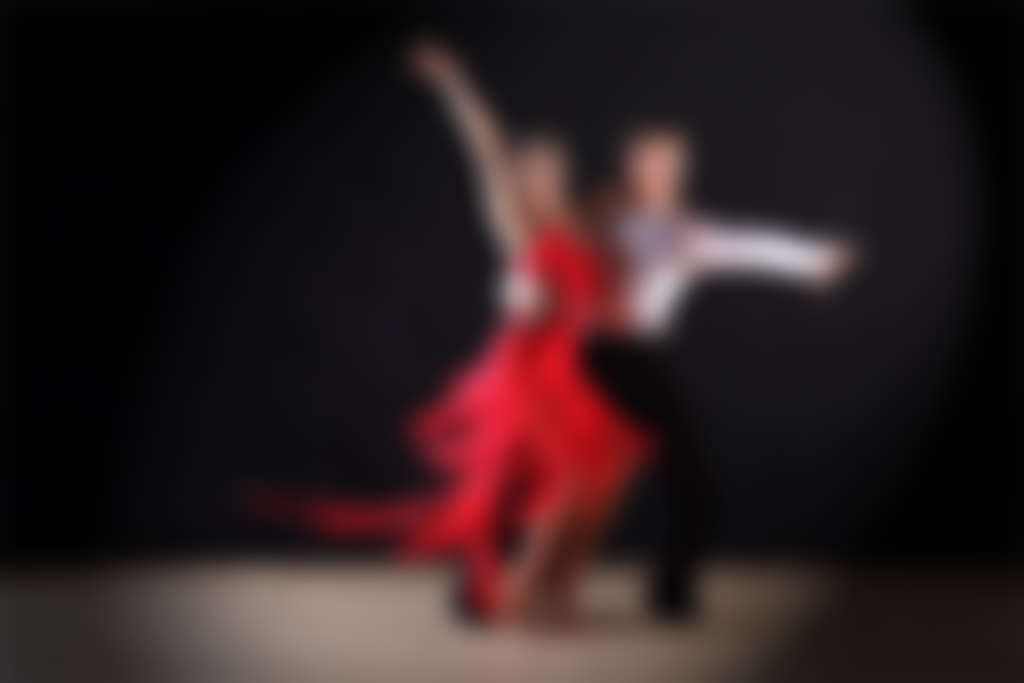As opposed to a common notion, the European Ballroom dances routine is just as diverse in its variety as the Latin school of dancing…
Despite the fact that both of these two go together as one ballroom dancing standard, there are some drastic differences between those two. Starting with how the performance, routine, and the moves vary and finishing with the authenticity that each of the dance styles has…
So, without any further ado, please meet the ultimate European dancing styles:

Waltz
The original history of the waltz is quite peculiar, due to the shift in its perception, as opposed to how it started out. This ballroom dance, which gained the most traction among the “elites’ of the Continental Europe in the XIXth century initially started out as a country folk dance in Austria and Bavaria in the 1600s.
A bit later, when it was firstly introduced into English ballrooms in the early 1800s, it was denounced as vulgar by both the church and state.
That notion was based on the fact that this was the first time you saw a man holding a woman so close to his body in public.
Of course, that was also what was its biggest appeal among the public. The waltz has since evolved into many different forms, but all of them maintain that original romance and wonderful flowing quality, now incorporated into the “American Smooth” dancing category…

Foxtrot
The foxtrot is definitely one of the most universal dancing styles. It is meant by its design to become a laying foundation for anyone willing to start learning the ballroom dancing program. It can be danced at slow, medium or fast tempos. This characterizes it as relatively easy for gliding smoothly and gracefully across the floor for dancers of all skill levels. The dance was named after vaudeville performer Harry Fox, and it quickly pushed aside the other “trots” popular in the ragtime era.

The American Smooth version danced in competitions has a slower tempo and was made popular by Fred Astaire. The International Standard foxtrot, slower still, is sometimes called the “slow foxtrot. That one has originated in the Victorian Era in England…
Quickstep
The quickstep was devised by the dancing community of the US South in the 1920s. Initially, it was a blending combination of the foxtrot and the all-time popular southern dance style – the Charleston. During the “roaring twenties,” the live bands were mainly playing music that was too fast for the big open leg movements. But that was what the foxtrot required… So the quickstep allowed the man to close his feet and featured short syncopated steps. Since those times the quickstep has gradually evolved to become even more fast-paced and dynamic. Now featuring the dancers charging across the floor on long runs, which include hops and lots of rotation. The high tempo being the key to the dance, it has increasingly sped up over time. This allows top dancers to show off their technique and athleticism at its most…
Swing
Swing can actually be tied to a whole distinctive family of the dancing style, all of the members of which initially evolved from the original swing dance, the Lindy Hop of the 1920s. Since those “roaring twenties” times, more than 40 different versions of the dance’s technique and formats have been recorded on paper, with a majority of them being set to that great big-band sound. The most common swing dance both in the social dancing and the dancing competitions is the East Coast swing, a style developed by Arthur Murray and others in the years following World War II. With its free-wheeling style and ability to fit any new kinds of music, swing has never gone out of style – even disco-era dances like the hustle can be traced back to the moves found in the swing!



